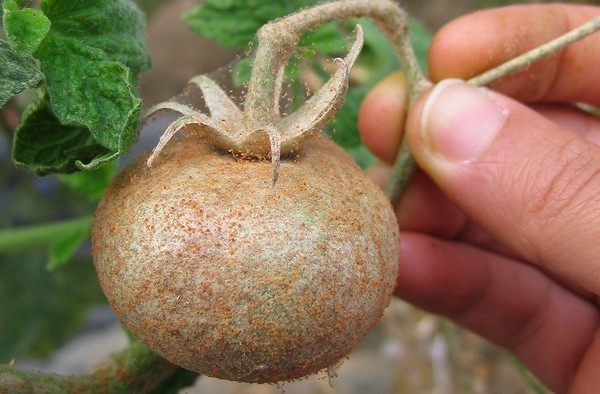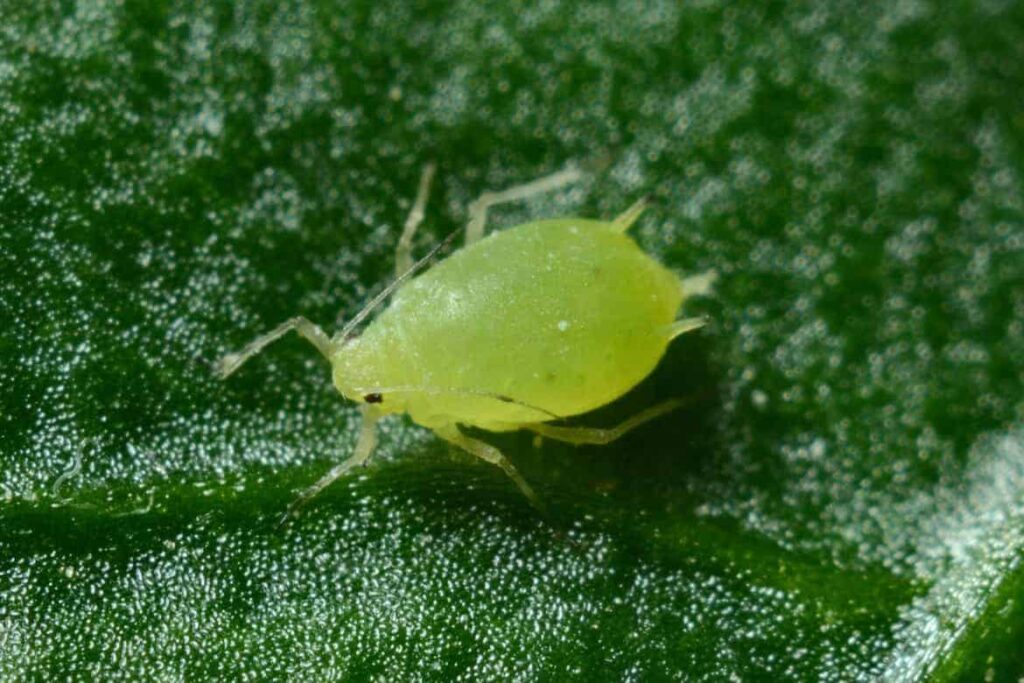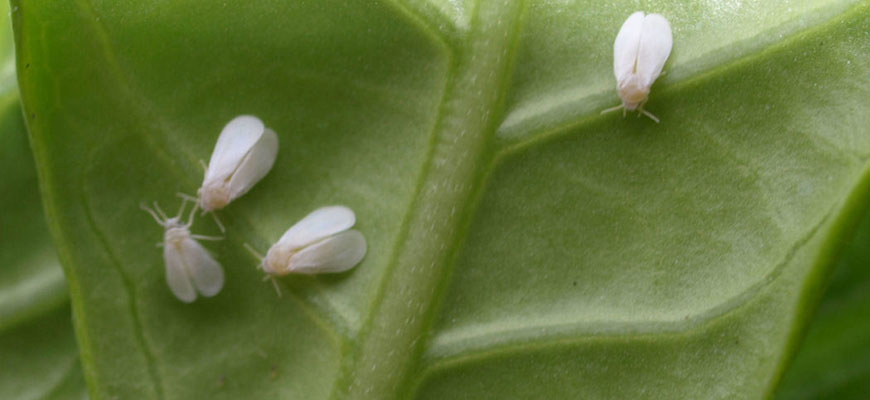Pests and How To Control Them
Growing hydroponically means you don't have all the risks of infestations that you do growing outside.
It does, however come with some pest concerns.
5 of The Most Common Indoor Pests

Spider mites are probably the most common as well as hated, they are not actually spiders but get their name from the webs they create around the plant.
They feed off the plants leading them to discolour with white dots on the surface, as well as leaving an awful web over them.
Being less than 1mm in size, they can be hard to spot. However, they live in colonies underneath the leaves, so if you wipe from underneath the leaf and there are bits of blood, this probably means you have Spider Mites.
These pests can turn from a few into a few hundred really fast as they lay a few hundred eggs at a time that only take 3 days to hatch.

Thrips are around 5mm and have many variations, it's best to treat them at the first sign of infestation. They often live under the leaves and hard to spot as they blend in.
Thrips enjoy eating every part of the plant and the affected plants have yellow or white spots with a silvery sheen.
Adult thrips have wings so you may see them fly around when checking your plants. This is something to take note of when treating them.

Aphids are often known as plant lice they vary in colour and there are over 4000 species of them. You can find them anywhere on the plant, however, they prefer new growth so you are most likely to find them at the top of the plants and branches.
It is easy to spot the damage aphids cause as they suck the sap out of the plant leaves leaving them weak and yellow. They leave a sticky honeydew which attracts other pests.

Whiteflies are around 1mm and look like small white moths. They can be hard to spot due to their colour, though when they reach their adult stage they become fairly easy to spot but harder to kill as they just fly away to a new plant.These pests quickly infest your hydroponic garden as they lay hundreds of eggs at a time only taking 5-10 days to hatch.
Like Aphids, they leave a sticky honeydew behind from sucking the sap, attracting other pests such as ants this causes the leaves begin to wilt and drop off.

You will often find fungus gnats flying around the plants or walking around on your grow medium. Their larva is often below the grow medium so go undetected. The adults aren't actually that harmful to your garden however it's their larva that is, they slow plant growth and leave them open to viruses and pathogens.
The best way to try and deter these pests is by making sure any vents connected to the outside contain a filter so they don't get in. If fungus gnats are left undetected they can quickly take over and rot your garden.
So Now You're Probably Wondering What You Can Do To Deter or Get Rid of These Pests, right?
Well, there are actually a few things you can do...
You can leave these all-around your hydroponic garden. As the pests stick to the surface it makes it easier to identify what pests you have; whiteflies and fungus gnats are especially attracted to these. As well as that:
- This is a non-toxic method, better for the environment
- Insects are naturally attracted to bright colours
- Traps don't dry up or break down even when wet and continue to work until they are totally covered in insects
- The glue does not adhere to hands or clothing
Make sure you're clean! This might seem like an obvious one, but it's surprisingly easy to get mucked up even when gardening indoors.
- Start by making sure everything is clean and sterile
- Make sure your clothes and shoes are clean, this minimises the chance of bacteria getting onto the plants
- Be careful when adding new plants as these can contain bacteria, fungi and diseases so make sure to clean your plants!
If you are in doubt as to which treatment would be best for you, click this link.
